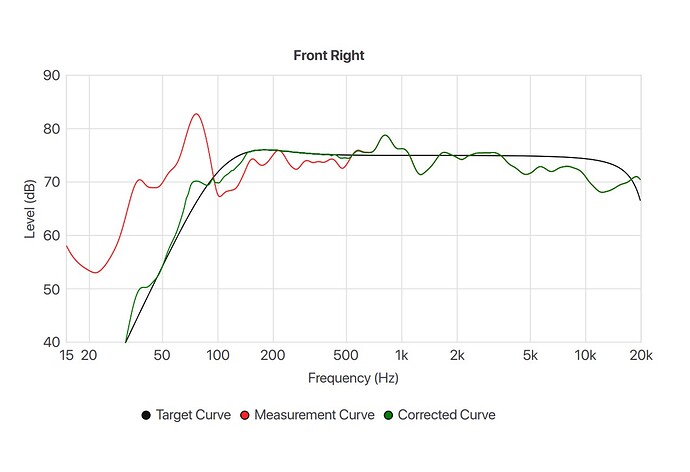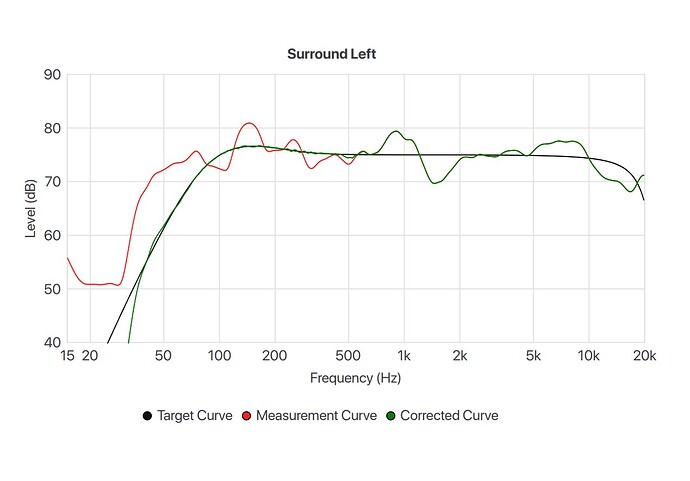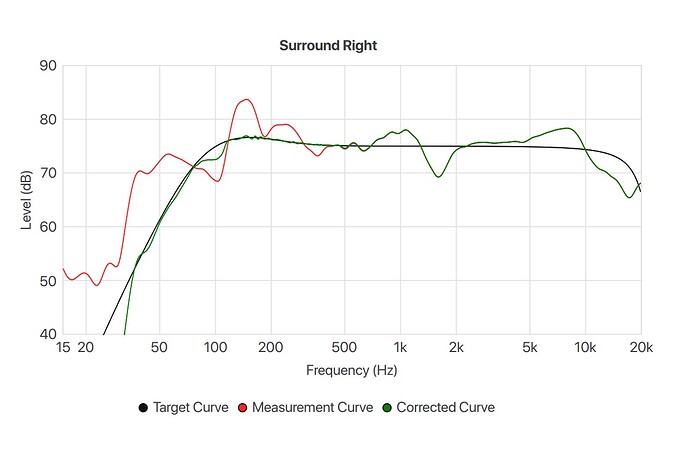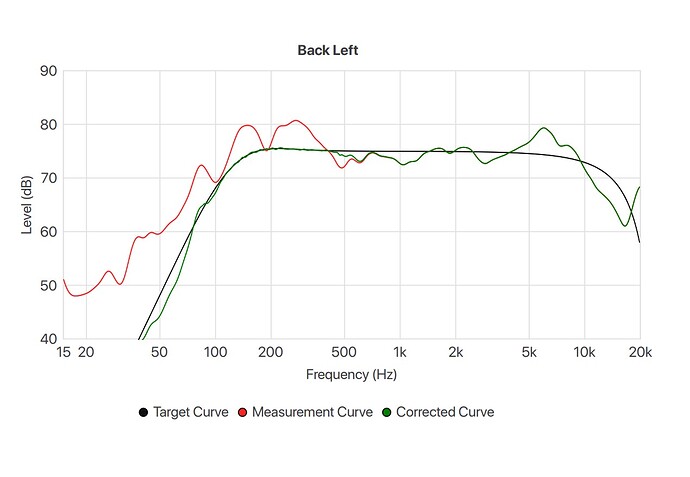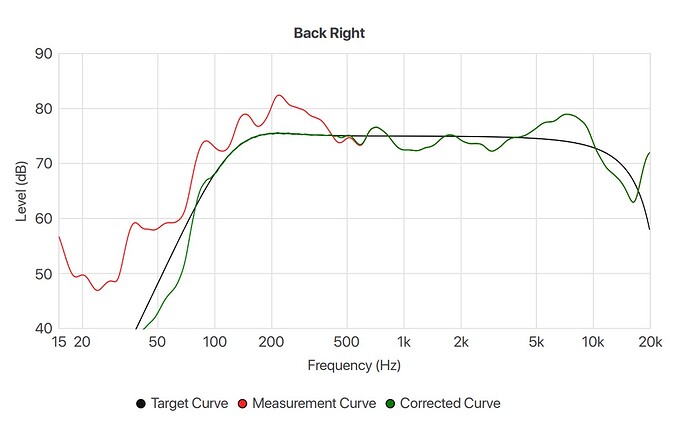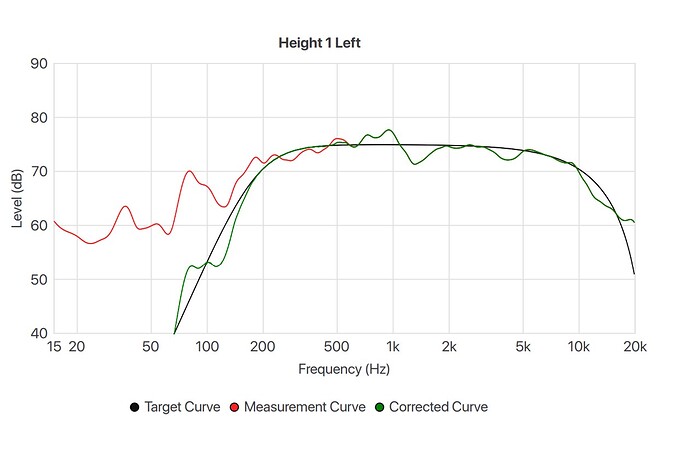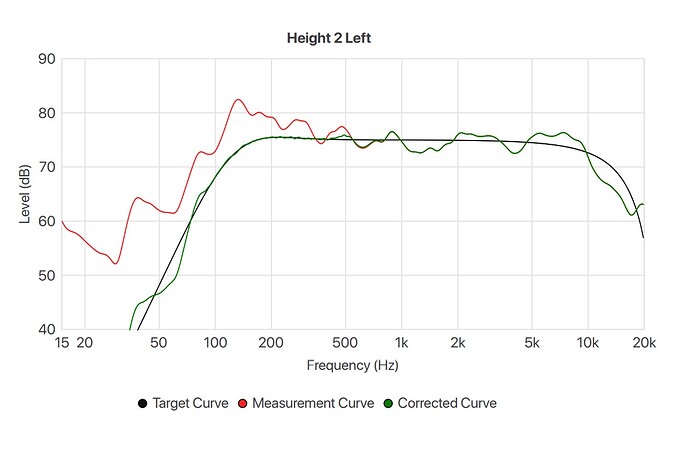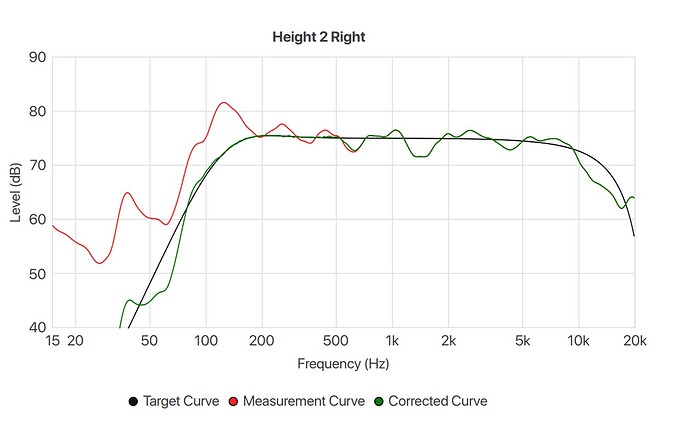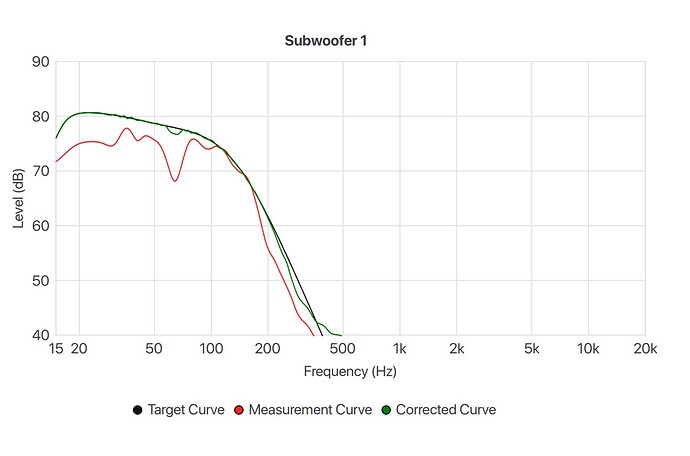PART II
Calibration
Now comes the easier part. Simply download the Anthem ARC Genesis calibration software (the latest version is 1.5.4 Beta). This is by far the most stable version of ARC Genesis that you can download for calibration. In order to use this version, you will need to ensure that the MRX 1140 firmware receives the latest update.
Make sure to use the new silver stock microphone that comes along with the package. Follow through the guide and remember to at least 5 seating positions with varying distance (within 60 cm apart from the last position) and height to allow ARC Genesis to capture a more 3D mapping of the entire listening room.
House Curve implementation between Anthem Room Correction (ARC) and Audyssey?
The fundamentals for both are pretty much the same in this aspect except ARC utilize what we called natural “Room Gain” as opposed to Audyssey’s Dynamic EQ. ARC uses room mode as its ally to determine how much increase in the modal frequency region to achieve to get that desired harmon curve (or house curve) while Audyssey rely on Dynamic EQ (DEQ) to determine the level of output that it needs to churn out by analysing different scenes. Audyssey’s DEQ certainly sounded much more sophisticated in that sense but, it is a hit-or-miss for most. Some have achieved great results with DEQ turned “on” while others not so much. In fact, most prefer to turn DEQ “off” as it almost consistently sounded too “boomy” and “muddy” especially when listening at low volume. To overcome that, Audyssey introduce another feature to counteract the DEQ by introducing Reference Offset, tricking the AVR into believing the sound output is near reference level which will in turn apply less DEQ and thereby minimize the “boomy and muddy” bass. Of course, other side effects of DEQ is the elevated surround levels which made it sounded too “loud” when compared to the rest of the speaker arrays.
ARC on the other hand, measures the room mode which in turn analyse how much room gain it needs to implement to get the desired “house curve” to play nice in everyone’s setup in that room.
The premise of Harman curve is that human perception of low frequency differs from high frequency. We need to increase the output at the lower end of the frequency in order to perceive the “same level” of loudness. That is why human hearing is not a good barometer for bass and a good, calibrated mic is required to get the readings right and by readings, I am referring to the actual sound pressure levels (SPLs) produced by the subwoofers.
Review the results
Here’s my calibration results for those interested to know. I will dive deeper into the user interface in PART III.

